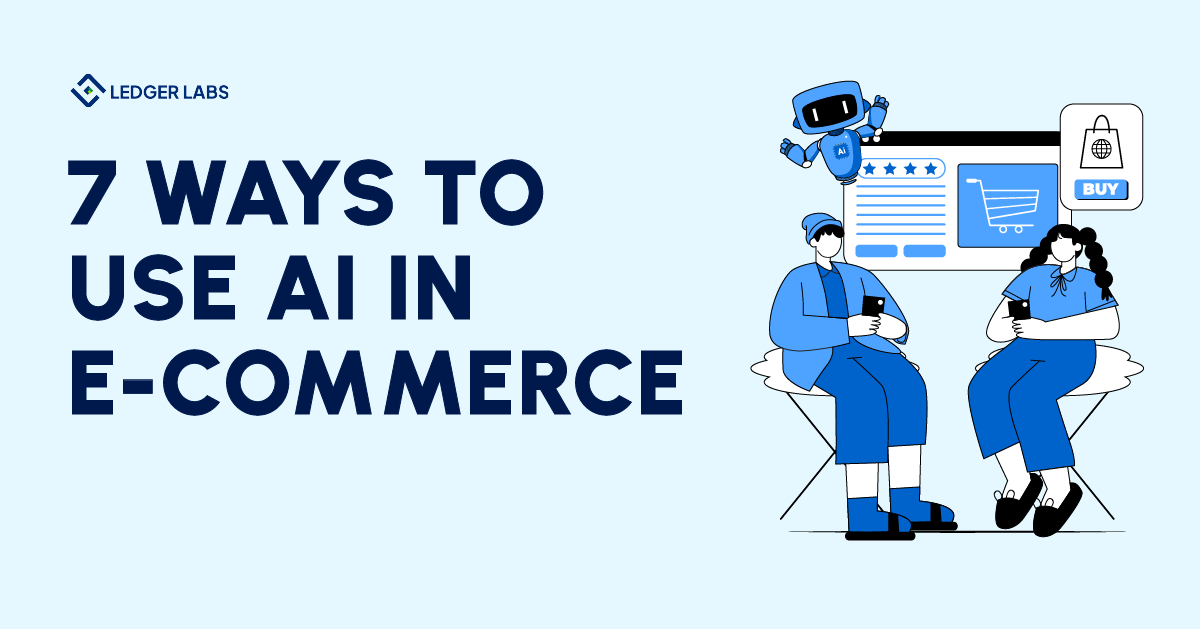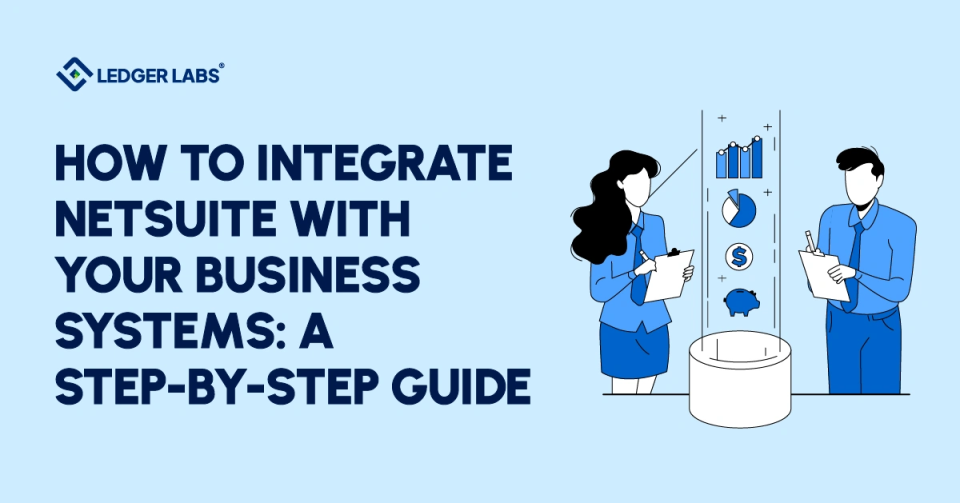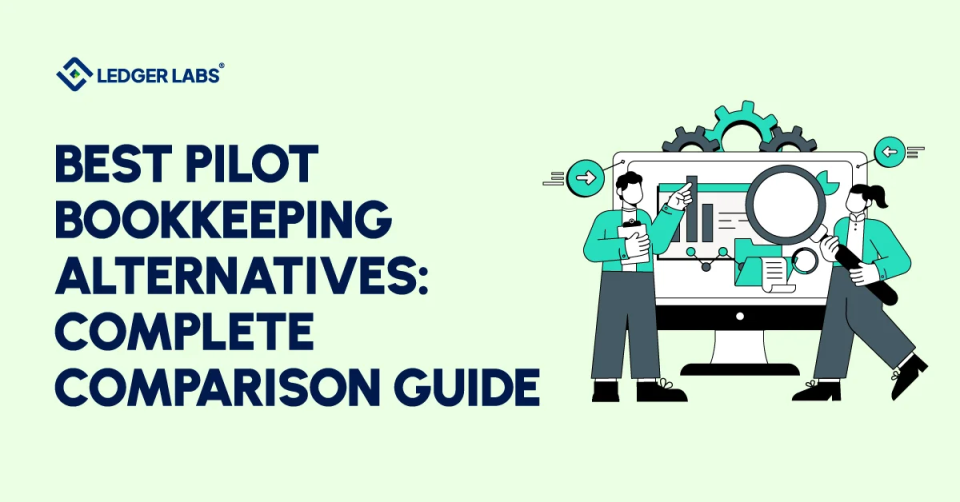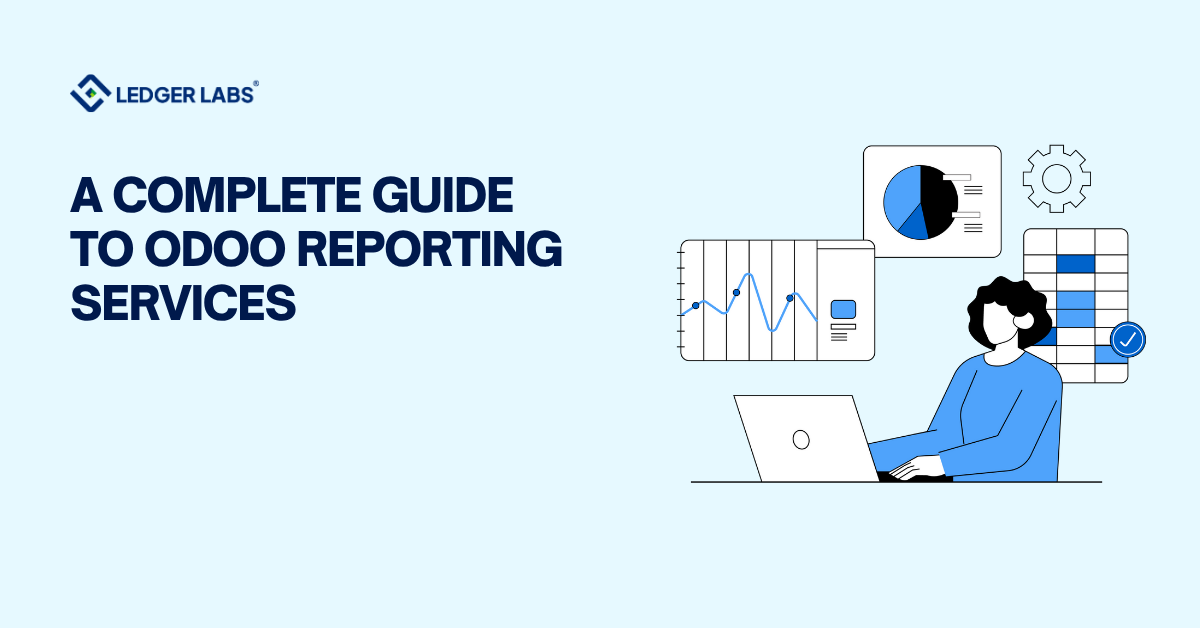Businesses look for innovative ways to create satisfying customer experiences as 3 in every 4 customers consider it to be a deciding factor between competing brands.
The challenge has led e-commerce businesses to implement AI in different aspects of their operations.
It helps improve efficiency and meet customer expectations.
While voice-enabled shopping assistants and virtual fitting rooms create a personalized shopping experience for customers, data-driven demand forecasting helps businesses manage inventory and supply chain operations better.
Let’s explore popular ways to use AI in e-commerce.
- AI-generated product bundling uses collaborative filtering techniques to customize product recommendations.
- Virtual assistants, like Alexa, use NLP to understand and follow voice commands like buying a product online.
- AI is used to predict product demand as it helps businesses prepare and manage their inventory.
- Customers can use virtual fitting rooms to see how a product looks on them without trying it out physically.
AI has transformed the e-commerce industry
In the last few years, the online shopping experience has become more personalized and convenient for customers with AI technologies, such as machine learning and natural language processing, playing a major role.
Artificial intelligence is helping e-commerce businesses create operational efficiencies and improve customer experience.
Businesses use content generation tools like Shopify Magic to write compelling product descriptions.
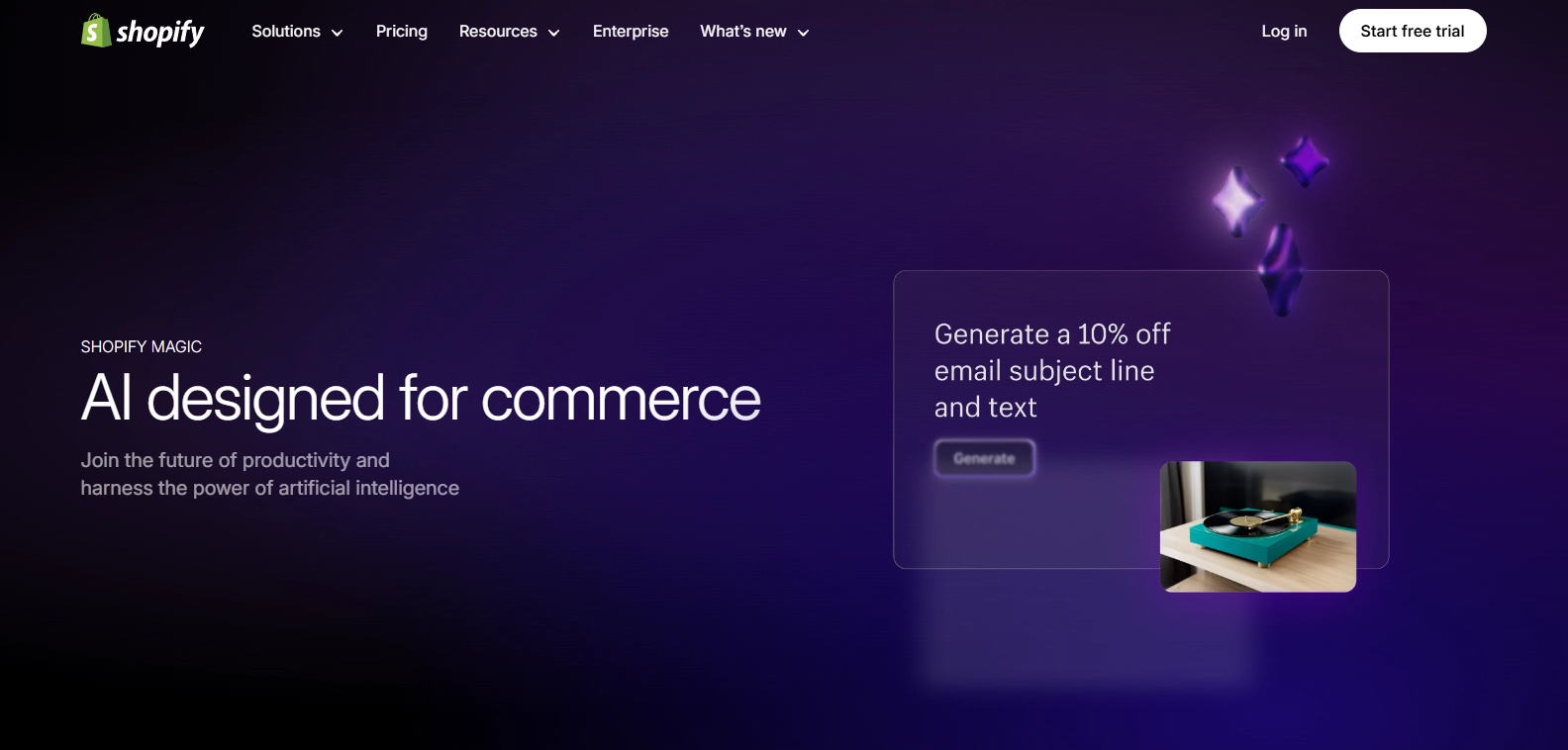
Such tools reduce manual effort while ensuring they are SEO-optimized for higher conversion rates. To scale this further, many brands are now working with Generative Engine Optimization agencies that specialize in using AI to create high-performing, search-optimized content across product pages and campaigns.
Businesses, like Amazon, have created virtual fitting rooms. It helps customers visualize what the product would look like on them. Nike and Walmart have also implemented this AI technology.
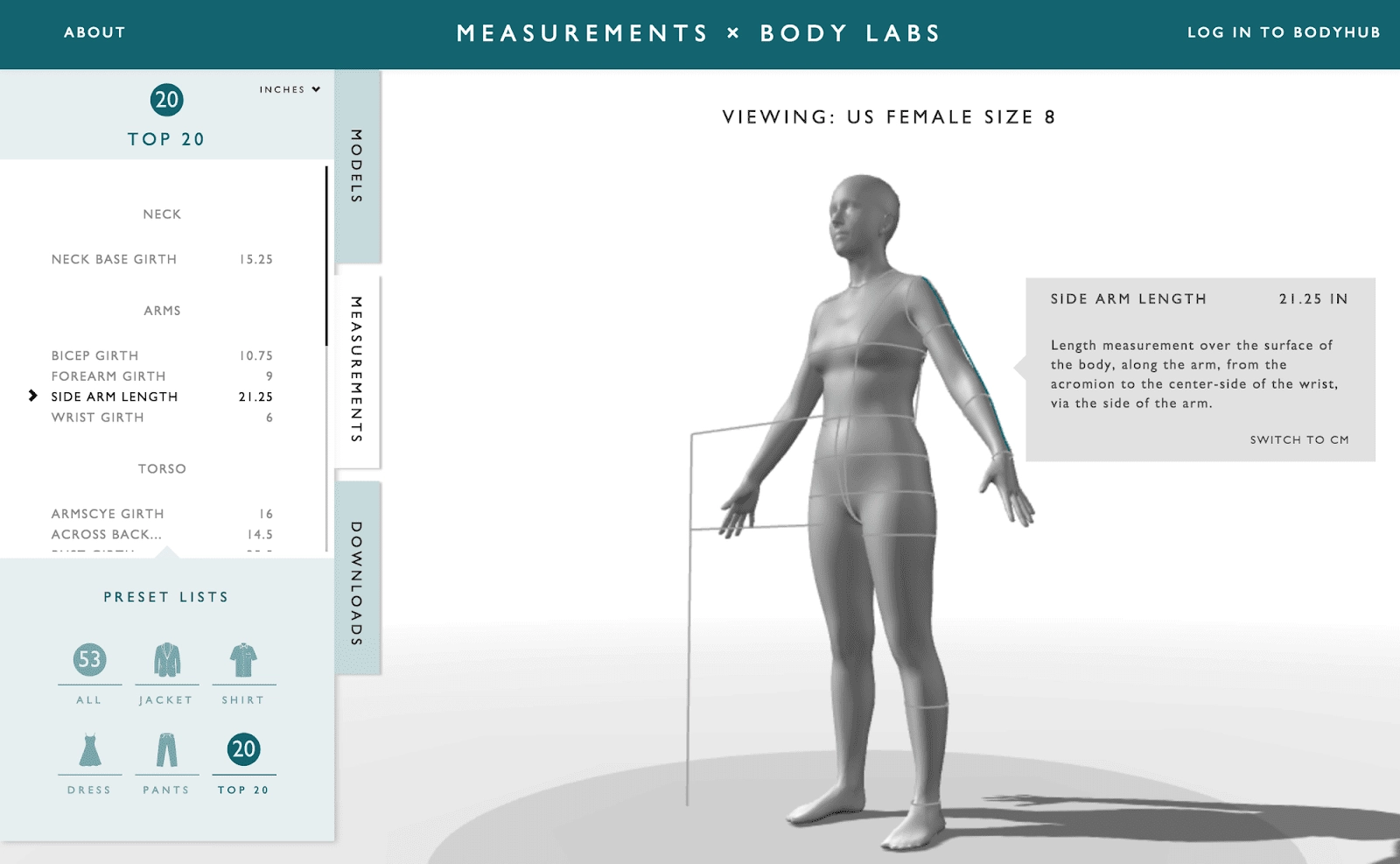
Whether it is AI-powered product recommendation that uses customer search queries and browsing history to make personalized recommendations or voice assistants, like Siri, with built-in voice recognition technology that understands and follows commands, the e-commerce industry is using AI to create efficiency.
7 ways e-commerce businesses use AI
1. AI-generated product bundling
AI product bundles are grouped items that align with the customer’s shopping intent, creating relevance in their experience.
Think about the “frequently bought together” sections on e-commerce websites.

These are highly relevant products for a user and increase the chances of further conversions with a single product.
The other type of grouping is codependent products. Think of products that are generally used together, like a shampoo and a conditioner.
For customers it means convenience as co-dependant products are offered to them in bundles, eliminating endless scrolling through different pages to find what they need.
This technique uses collaborative filtering, a method that analyzes historical data. This data include customer’s search queries, products they clicked on, and pages they visited.
This method identifies their shopping patterns to recommend relevant product bundles.
AI product bundles are better than traditional bundles as machine learning models make adjustments to product recommendations in real time.
Also, when you offer product bundles on the same page, customers are less likely to abandon their carts before purchasing.
Basically, AI-generated product bundles are a way to boost sales, helping businesses clear out their inventories faster.
2. Chatbots and virtual shopping assistants
E-commerce businesses use chatbots and virtual assistants to improve customer’s buying experience.
These AI-powered chatbots, like ChatGPT, use technologies like natural language processing (NLP) and machine (ML), to enhance customer interaction and respond to specific questions, like product details.
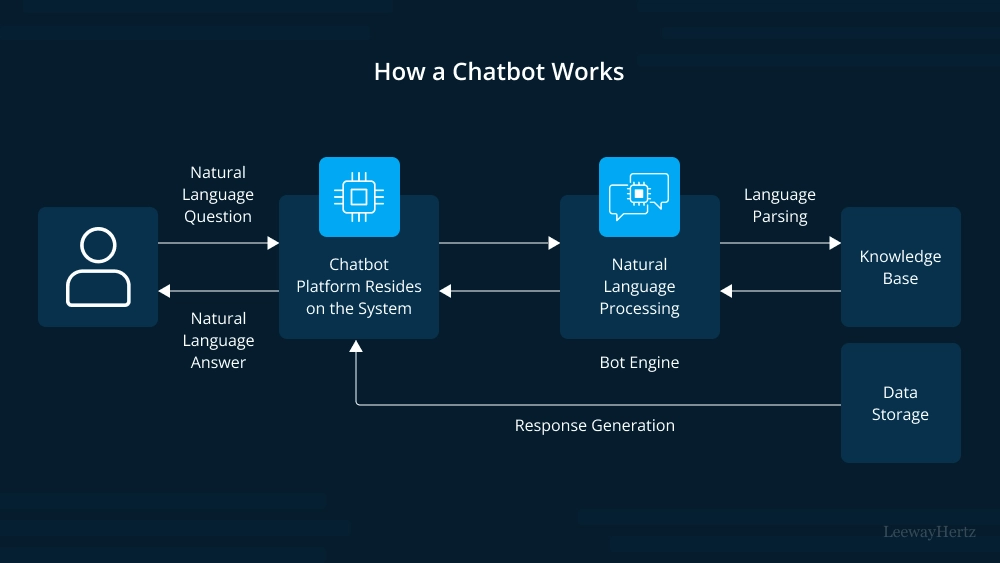
These technologies use large amounts of data, like customer’s browsing and purchasing history to understand customers and respond to them more efficiently.
Chatbots can also gather customer feedback by asking users to fill out short surveys.
The impact chatbots have had on businesses cannot be emphasized enough. 90% of customers want a response within 10 minutes to decide whether their experience on a particular website was good or not.
Digital or virtual assistants, like Alexa and Siri, use artificial intelligence technologies like machine learning algorithms, natural language processing, and artificial emotional intelligence to perform certain tasks, like setting reminders, making purchases, and adding products to your shopping cart. They can make your purchase entirely hands-free.
Virtual assistants use NLP to understand and process user commands. They use machine learning models, trained on large datasets, to identify patterns and respond. The more it processes data, the better it gets at communicating and handling complex commands.
Think of Amazon’s Alexa. As soon as customers use its activation word “Hey Alexa” they can start interaction and give commands like “Find the top beauty products for dry skin”. It will find the top results based on past interactions and customers’ browsing histories.
Retailers will spend $72 billion on virtual assistants by 2028. This sort of commitment goes on to prove how useful they are in the e-commerce world.
3. Accounting and bookkeeping
58% of businesses use accounting software to automate different accounting tasks, like tracking daily transactions and reconciling bank statements
You can use AI-powered accounting tools, like QuickBooks Online, to scan invoices and generate financial statements, such as income statements or balance sheets.
You can also use it to match transactions to ensure accuracy.
These accounting tools can also automate expense categorization and streamline reimbursements.
It reduces manual input, decreasing the likelihood of errors. It also increases transparency across channels as the categorized transactions highlight where the money is spent.
4. Fraud prevention
While online transactions have made shopping convenient for customers, it has led to an increase in fraudulent transactions.
Traditional methods aren’t enough to handle complex security breaches. Today, businesses need a more advanced solution that gives them more control. And this is where AI can offer support. Here’s how:
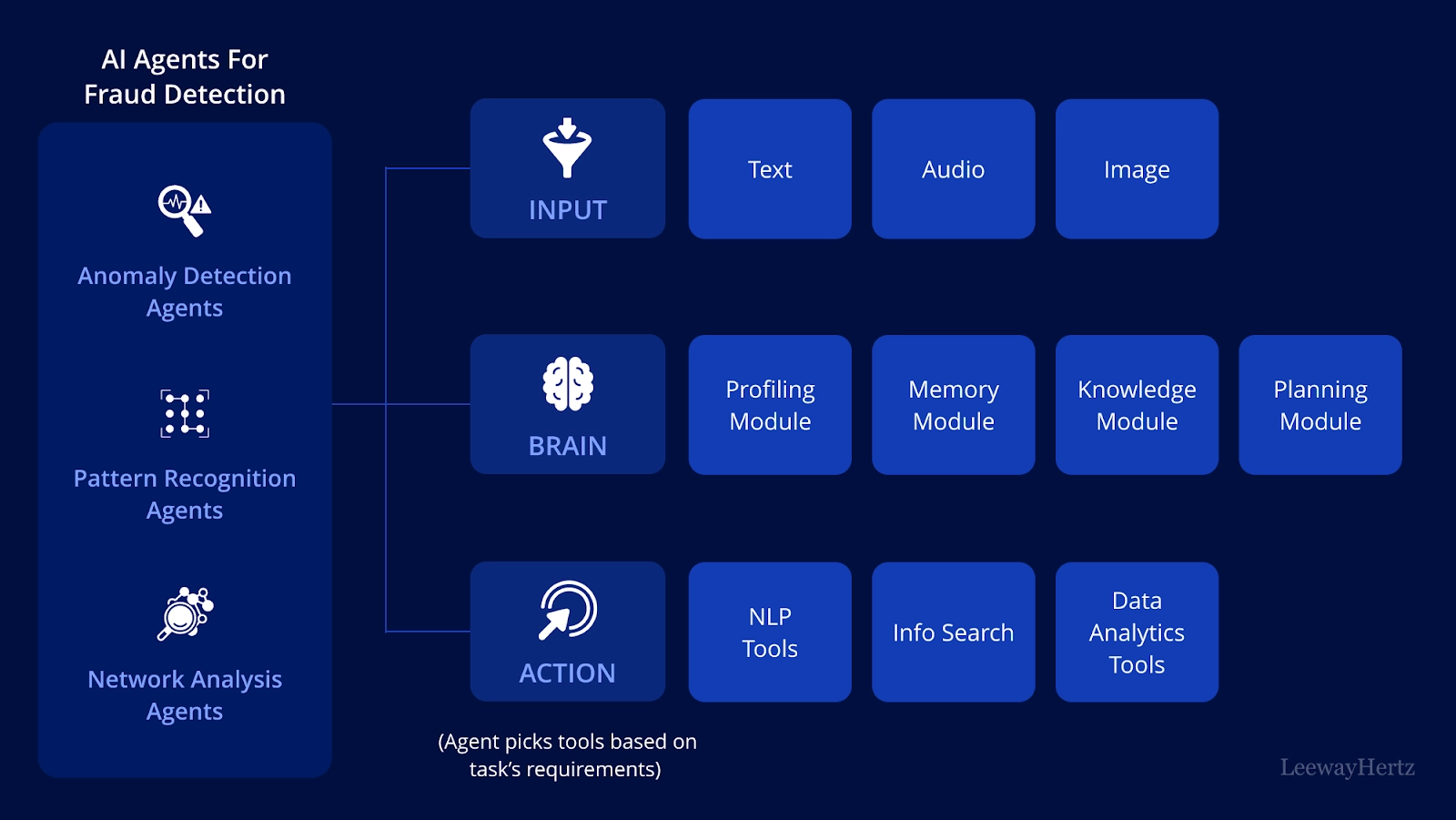
AI uses machine learning algorithms to identify fraudulent activities, like unusual transactions. It uses historical data, like transactional records, for model training and pattern recognition.
For pattern recognition, AI uses statistical techniques on vast amounts of data. It helps them discover normal and abnormal patterns. Some of these examples include conducting large amounts of transactions, adding new beneficiaries, and frequently sending out large payments to new or unknown beneficiaries.
Model training is a continuous process as the system is constantly getting new updates.
This makes it ideal for detecting abnormal transactions and flagging system alerts in real-time. It also allows you to take immediate action, preventing major financial losses.
Businesses save a lot of time and money using AI to detect fraudulent activities. It helps them spend less time on manual reviews that are easily prone to error.
5. Demand forecasting
Demand forecasting is a process that helps e-commerce businesses predict product demand and possible sales.
They use total and quarterly sales data, understand customer buying patterns, and evaluate market conditions to make these predictions.
This process gives them insights to manage their inventory better. Let’s say a product is popular during the Thanksgiving season, demand forecasting can highlight that for you, helping you avoid shortages.
Businesses have reduced supply chain errors by 50% using AI-driven demand forecasting.
AI-driven demand forecasting uses machine learning to analyze current sales data, inventory levels, and competitor prices. It uses deep learning, a subcategory of machine learning, to identify non-linear patterns.
Businesses can get accurate insights to make informed decisions, like whether it is a good time to launch a new product in the market or if it’s the season to increase the price of certain products.
Insights from AI-powered demand forecasting improve supply chain operations and help you save money by avoiding deadstock.
Machine learning is continuous and makes your predictions more reliable as it uses real-time data for demand forecasting.
Let’s say you run a leather jacket company. AI can apply machine learning technology to analyze historical sales data, current social media trends, and weather predictions to help you prepare for the upcoming winter season.
It can be used to understand the impact of seasonal shifts in customer behavior and prepare for peak seasons.
6. Virtual fitting rooms
The one drawback of online shopping is the inability to try on clothes physically. However, many e-commerce brands are now creating virtual fitting rooms to tackle this issue.
Virtual fitting rooms are powered by artificial intelligence and they allow online buyers to try on products without touching them. It works by allowing customers to cover the product on a live video using smartphones. It lets them check the size and style of the product before buying.
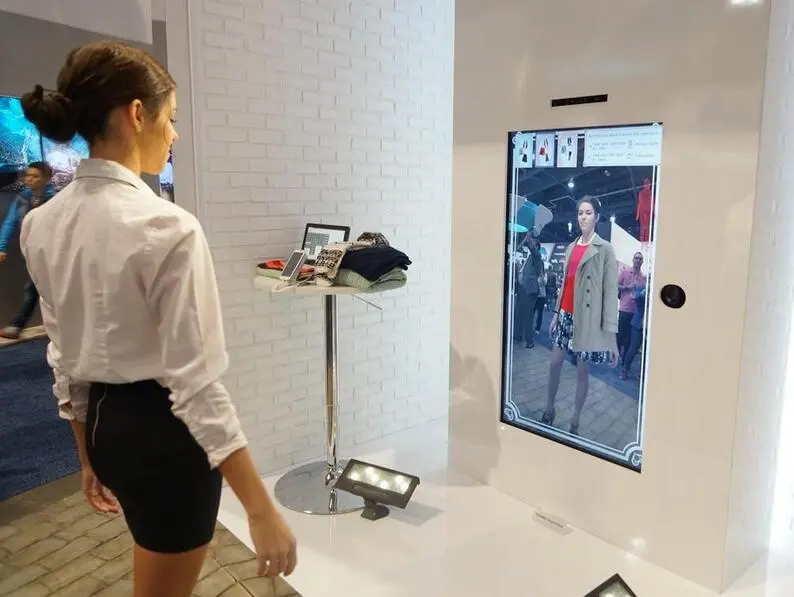
Here’s how it works:
Virtual fitting rooms are created using augmented reality technology. So, a web camera scans the customer’s body and takes the exact body measurements using machine learning algorithms. It creates a full-size 3D model of the customer.
Now it is combined with another technology, radio frequency identification (RFID). This technology scans the product that the customer wants to try on.
Finally, virtual reality technology puts the scanned product on the 3D model that was generated earlier. This gives customers the ability to see what the product would look like on them.
Many retailers are using this technology to create virtual fitting rooms. Amazon is using augmented reality technology to create virtual fitting rooms, but they are calling it blended-reality mirror.
High return rates increase administrative burden. 30% of product returns happen because customers buy a size too small while 22% of customers end up buying a size too big.
Virtual fitting rooms can reduce return rates by helping customers choose the right size.
7. Product Images
E-commerce businesses are using artificial intelligence to generate and edit product photography.
Tools like Claid-ai automate different functions, like removing the background and adjusting the lighting.

In a world where product photography and studios cost you a leg, AI-generated product photography saves you time and money. It uses generative AI to create product images that align with your brand guidelines.
So instead of clicking a hundred variants of the same products, use generative AI to create customized images with different backgrounds, colors, and angles.
It uses text or written descriptions as a guide. For example, you can provide AI with a description, such as “green windbreaker jacket with a hood” and it will create an imagery that matches your description.
AI is trained on vast amounts of visual data to understand patterns and textures. It has the ability to connect images with text. So whenever it is prompted, AI generates images using learned patterns.
Mattel and Barbie are toy brands that are using Adobe Firefly’s generative AI to change their packaging for the upcoming holiday season.
The bottom line
E-commerce businesses use AI technologies, like machine learning, to create personalized customer shopping experiences.
Some innovative ways they implement AI into their day-to-day tasks include product recommendations, virtual fitting rooms, product images, etc.
You can also use AI to automate routine accounting tasks, like bank reconciliations and expense categorization.
Ledger Labs has 12+ years of experience helping businesses implement AI in their e-commerce services.
We help businesses automate their accounting and harness the maximum potential of AI in their business.
Book a consultation appointment today to find out how we can enhance your e-commerce accounting services.


